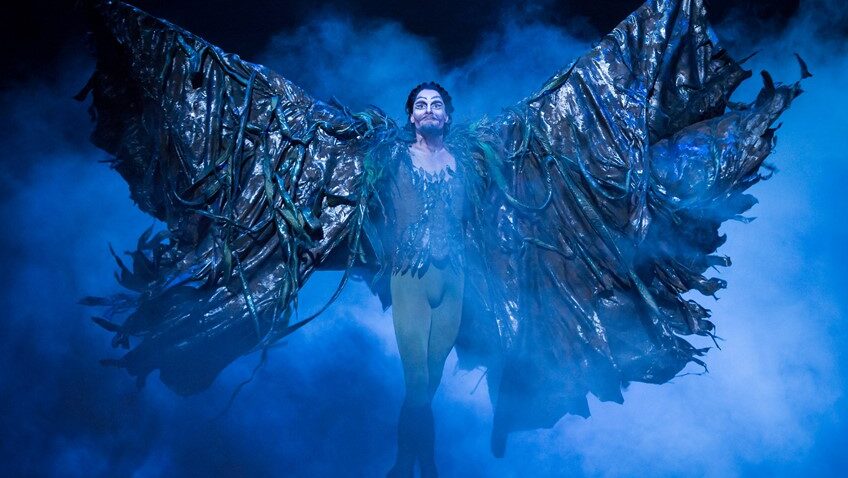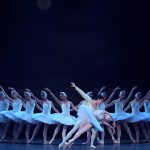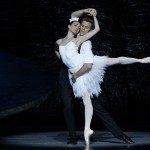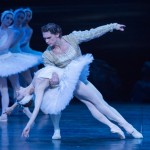Prince Siegfried falls in love with a white swan (Odette, pure innocent) and is seduced by a black swan (Odile, evil and erotic). No other ballet is staged so often. No other ballet is more loved. No other ballet has had so many interpretations.
It is Tchaikovsky’s unforgettable music, lyrical and dramatic, and the sheer beauty and symmetry of the corps of white swans moving as one, plus the quartet of cygnets in amazing synch and the fouettes (32 of them) which has made it so popular.
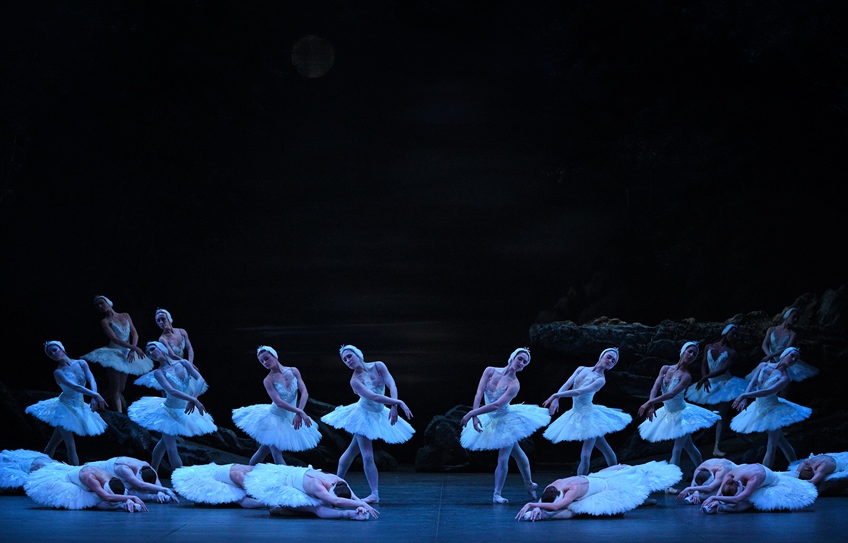
It comes as a shock to learn that audiences and critics didn’t like the music when Swan Lake was first performed in 1877, finding it too noisy, too Wagnerian and too symphonic. It was not a success until Marius Petipa and Lev Ivanov’s revival in 1895, a year after Tchaikovsky’s death.
The first time I saw Derek Deane’s Swan Lake was in 1997 at the Royal Albert Hall in the round. Its sheer scale had a terrific impact and introduced ballet to new audiences in large numbers. The production was restaged for a proscenium arch in 2000 and has been a crowd-pleaser for English National Ballet ever since. Francesco Gabriele Frola and Fernanda Oliveira headed the fine company on the night I went and danced to an enthusiastic audience.
Deane’s version begins during the overture with Von Rothbart (half-man, half-bird) kidnapping Princess Odette and turning her into a swan. James Streeter’s magnificently evil Rothbart, with his swirling and flapping winged cloak, and his Olympic speed, as he races round the stage, is a major contribution to the production’s success. The final act by the misty lake at dawn is as exciting as you could wish.
To learn more about Robert Tanitch and his reviews, click here to go to his website 

